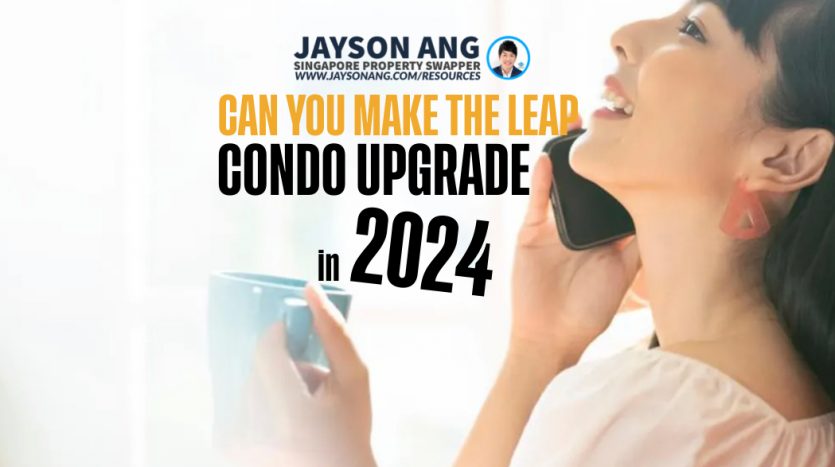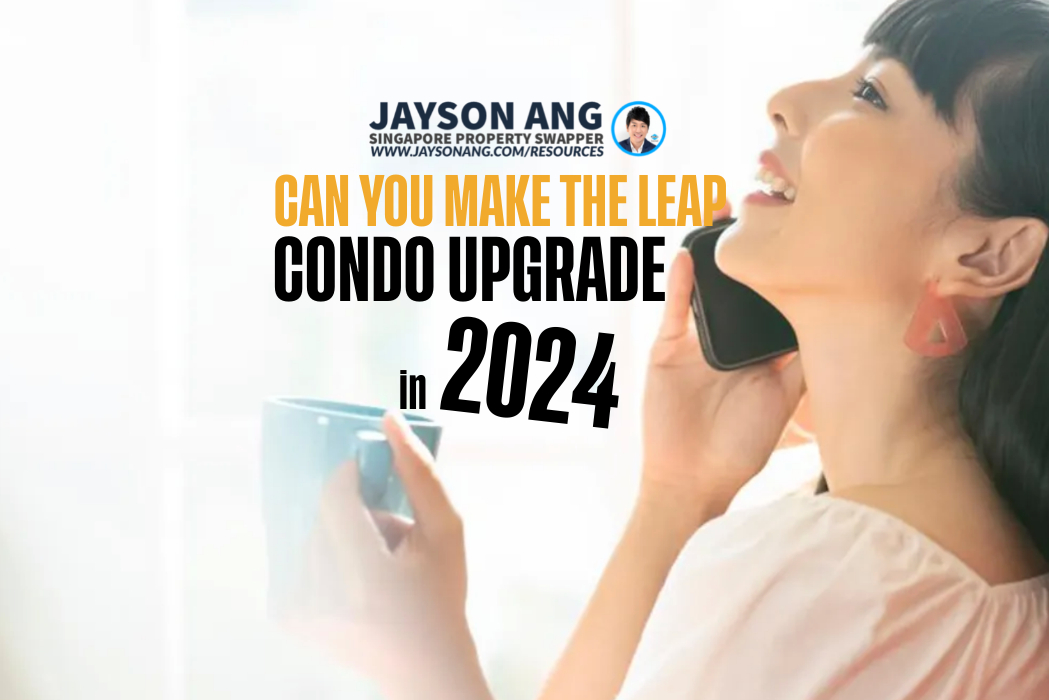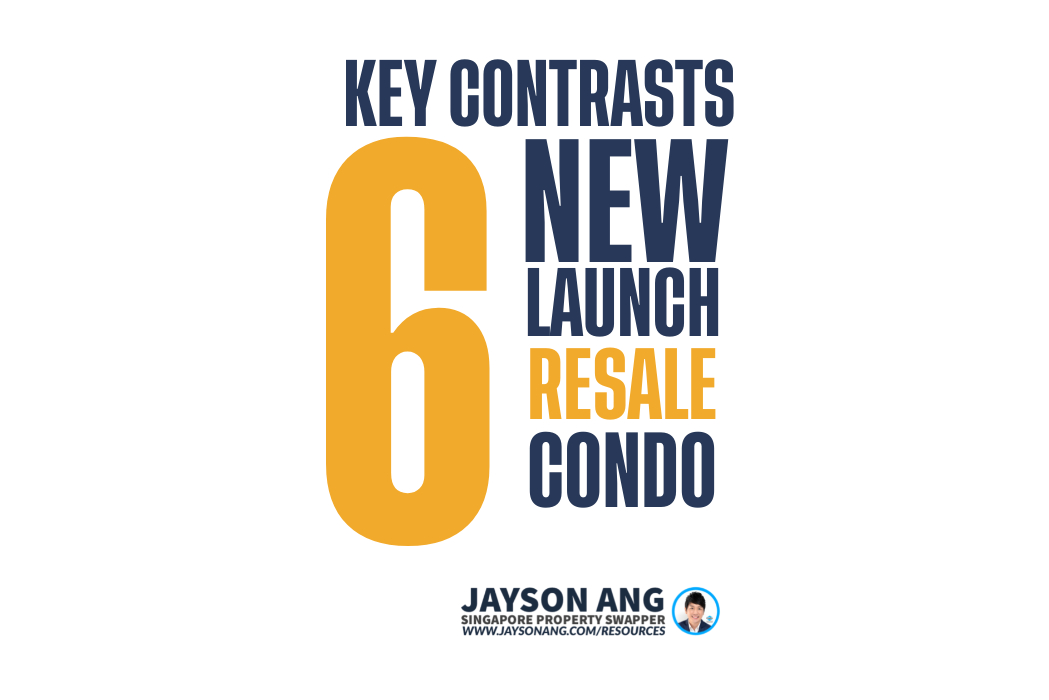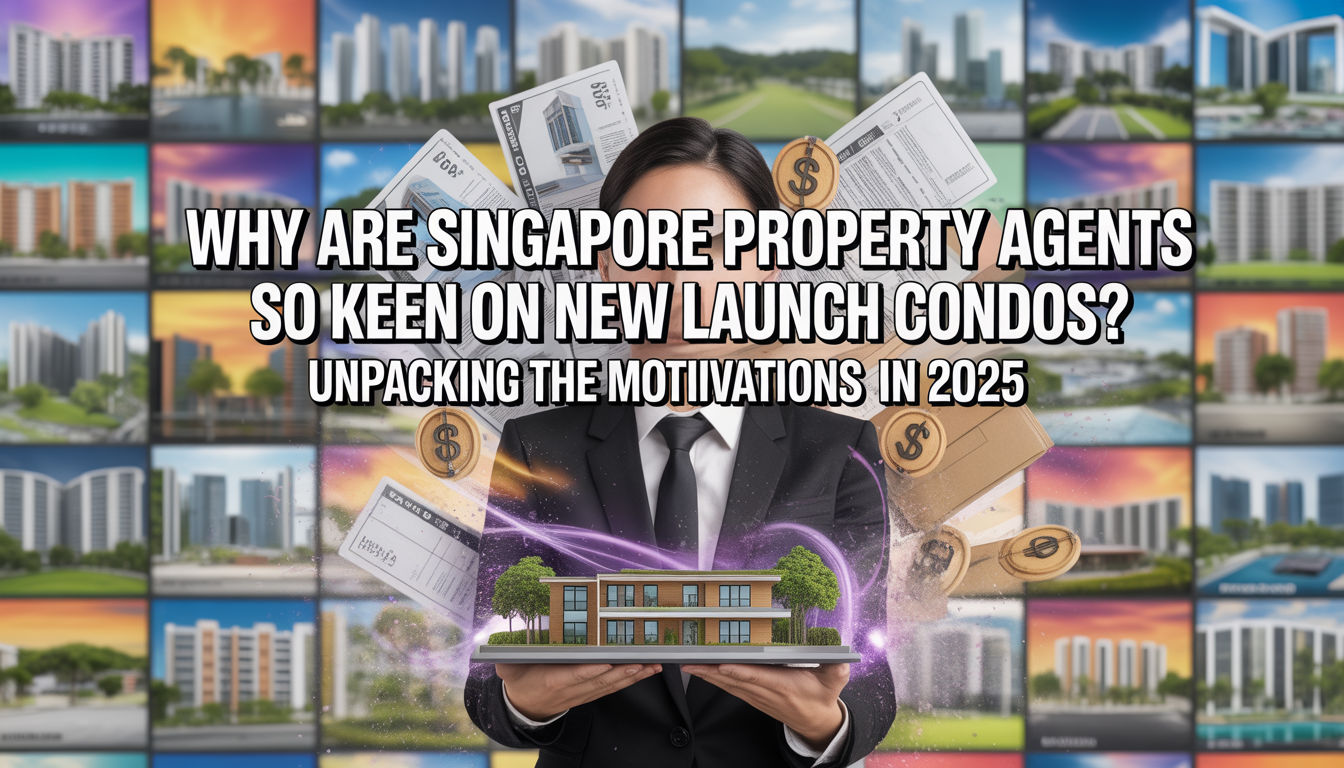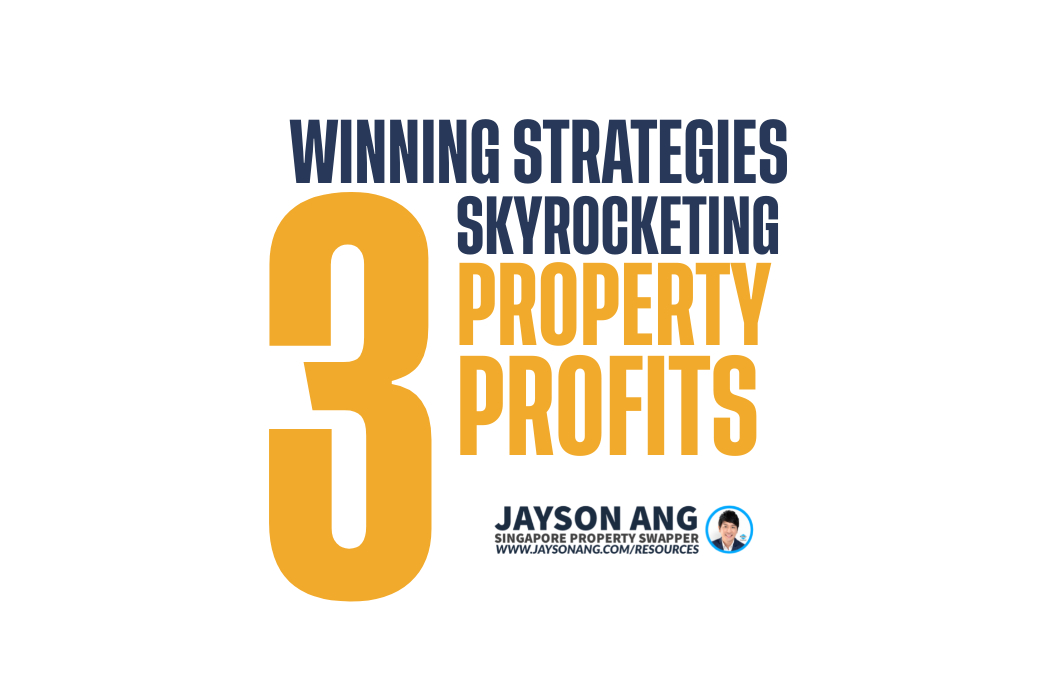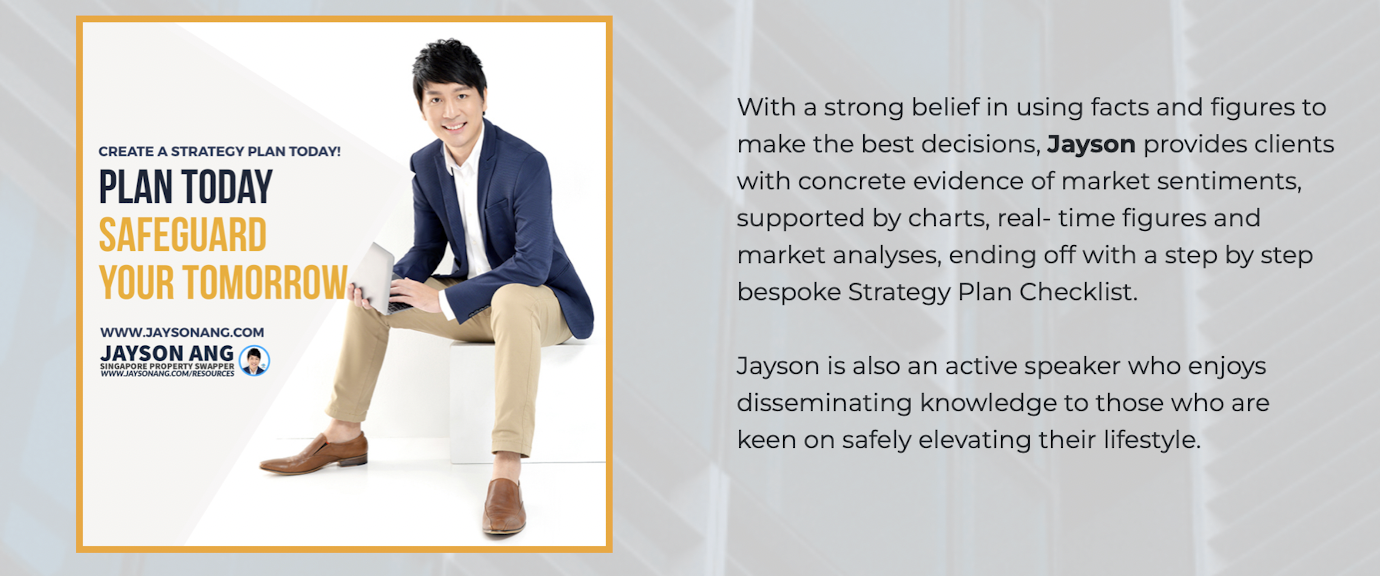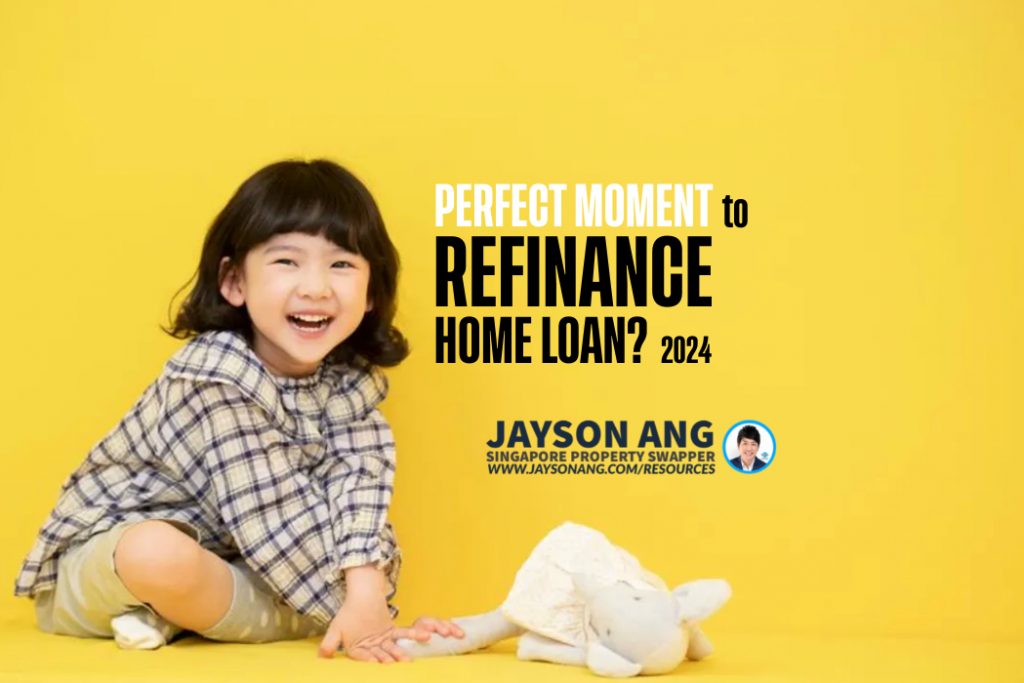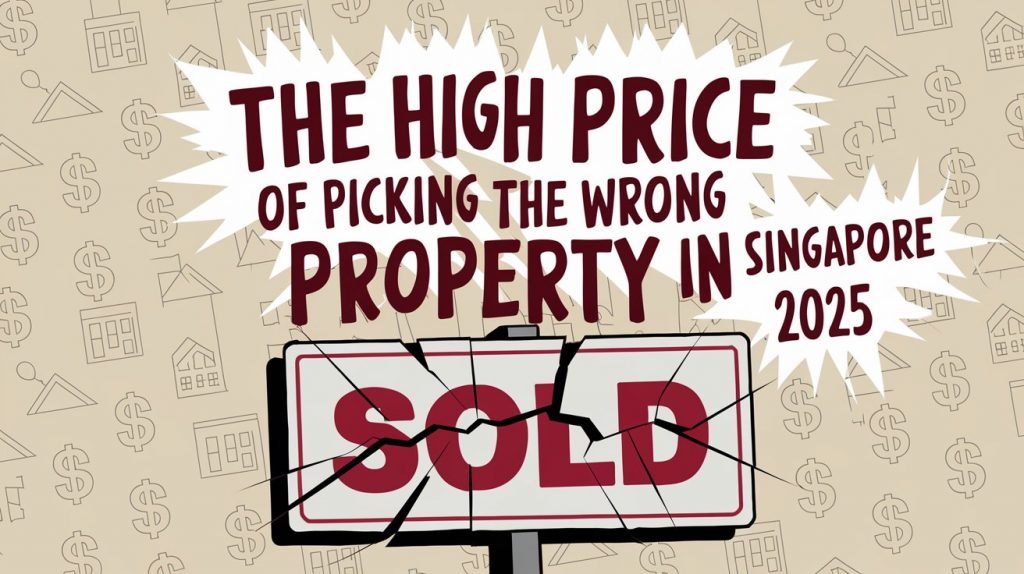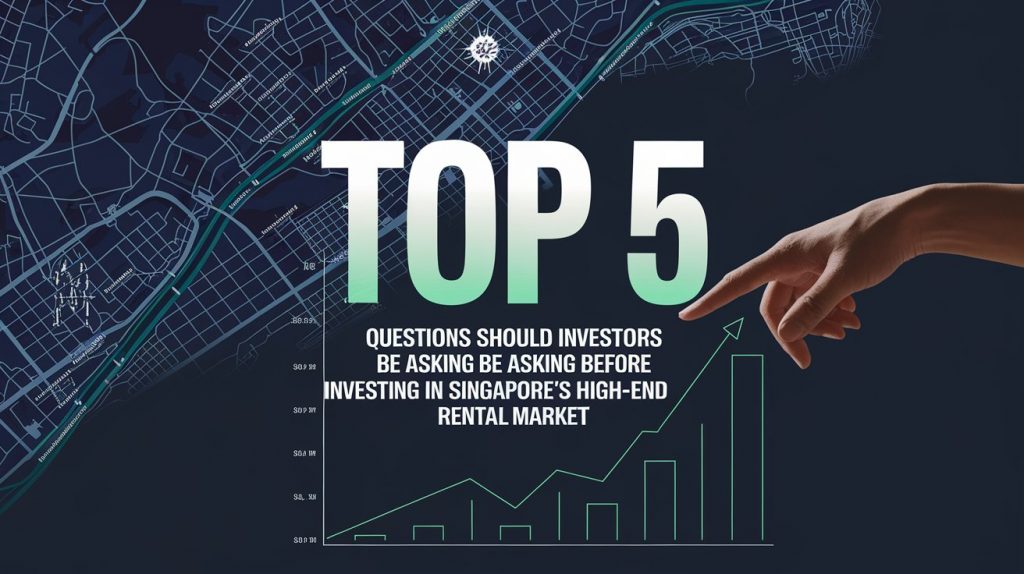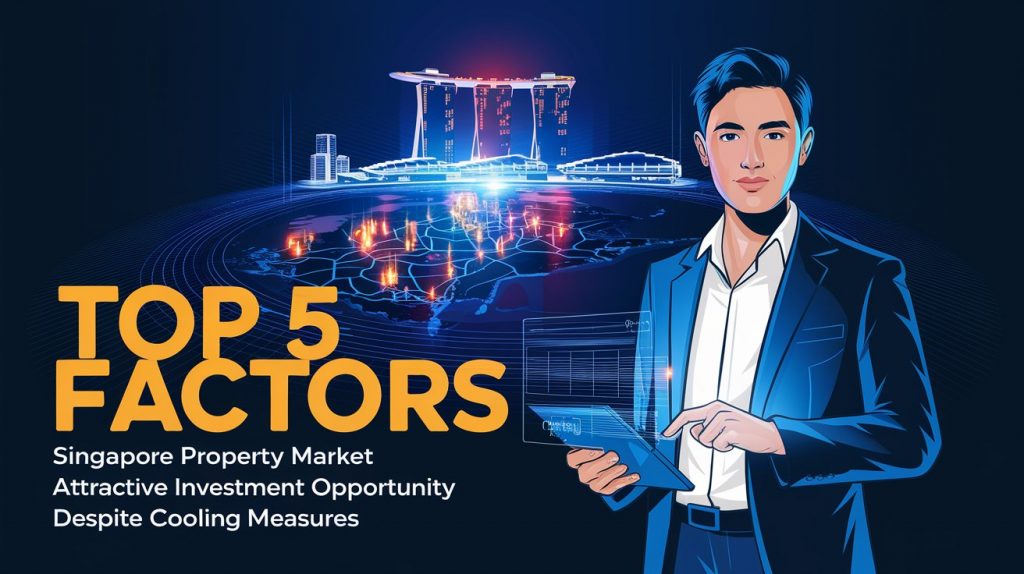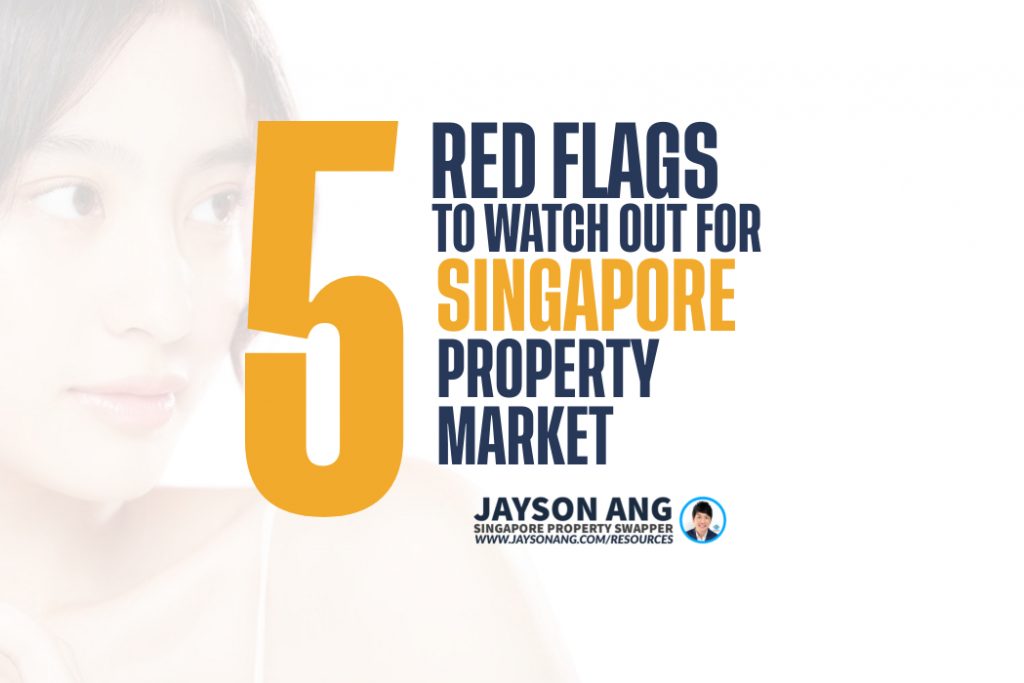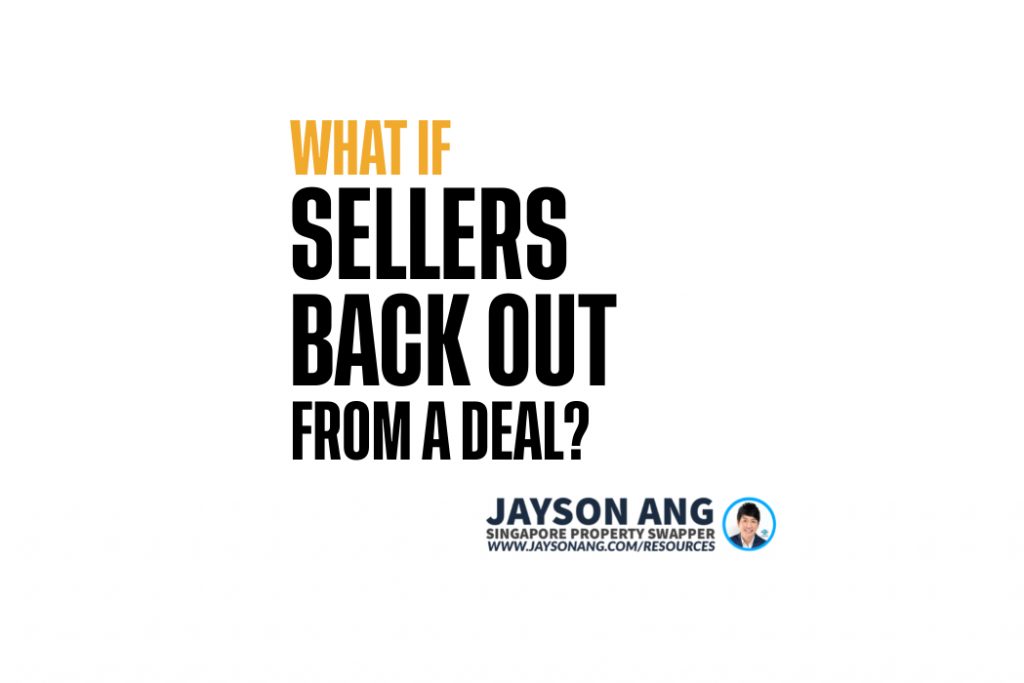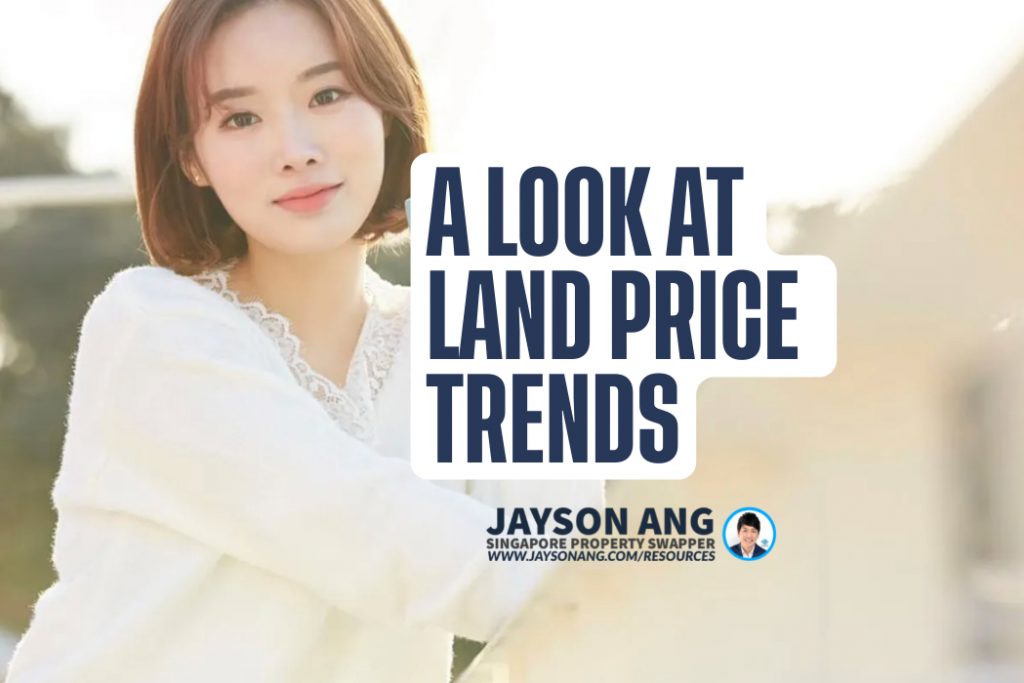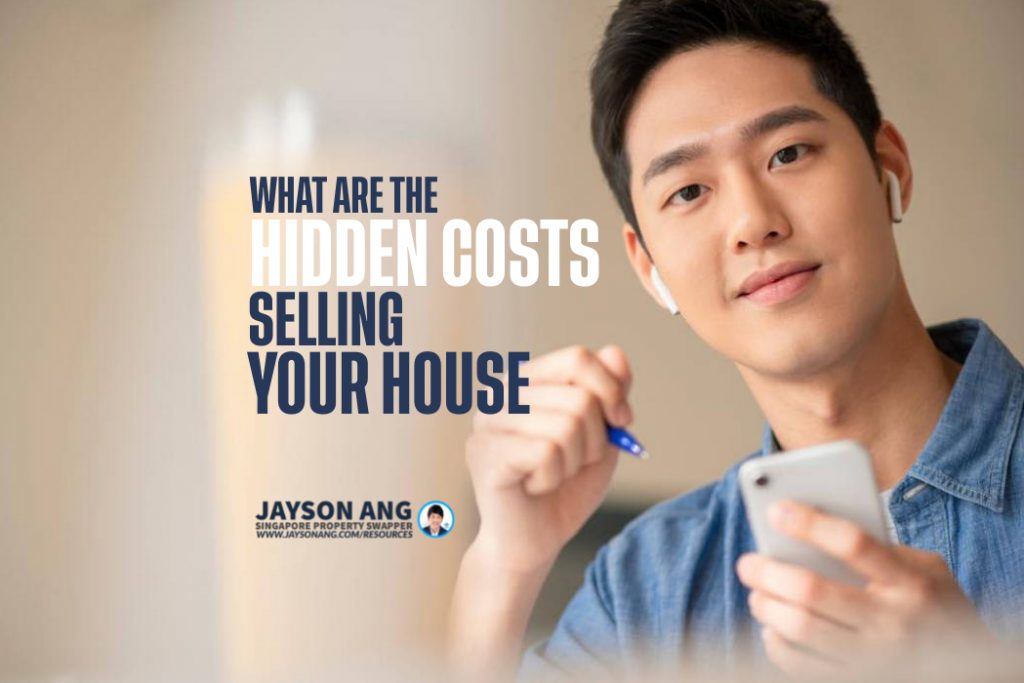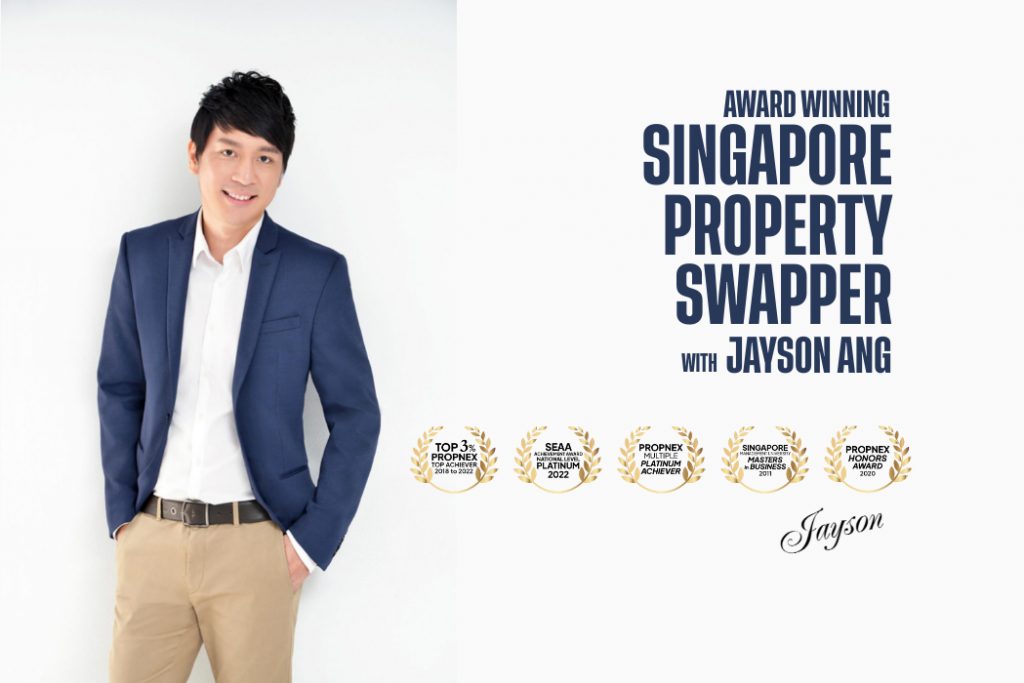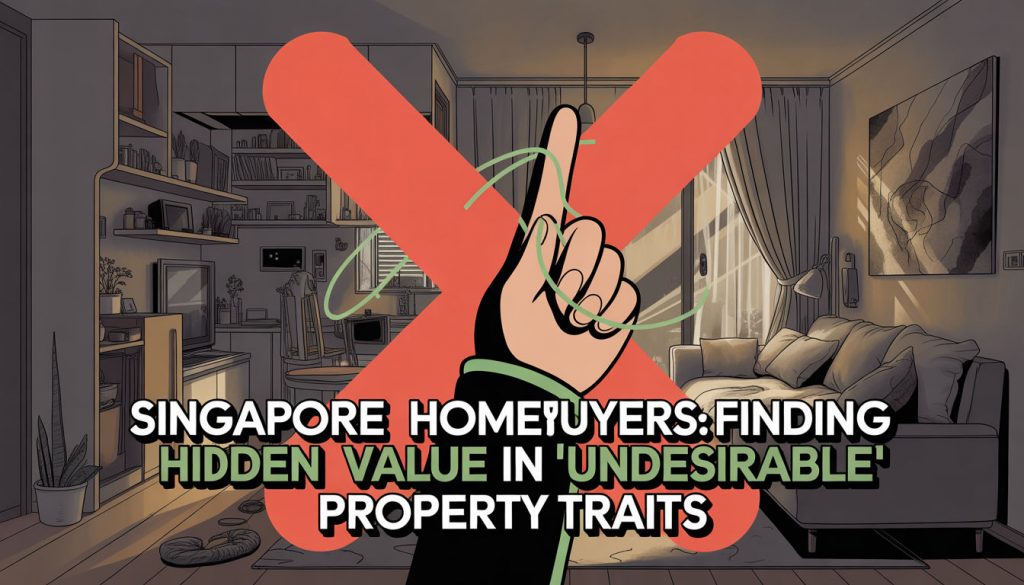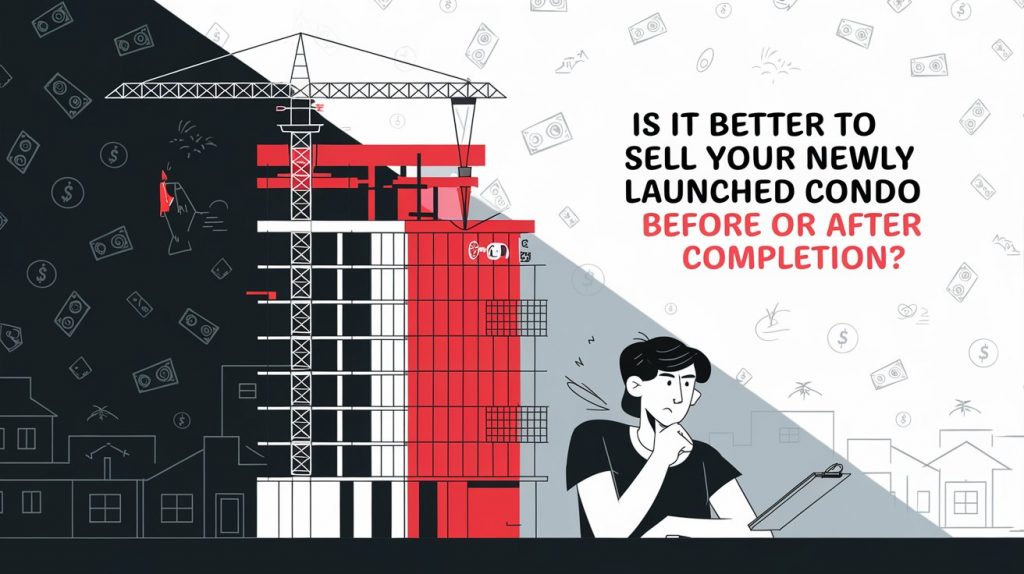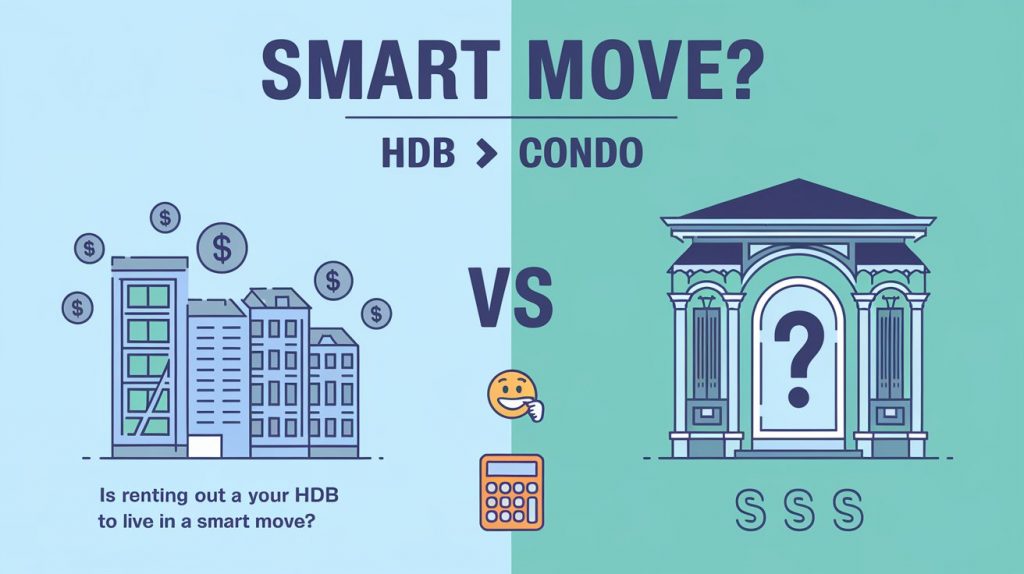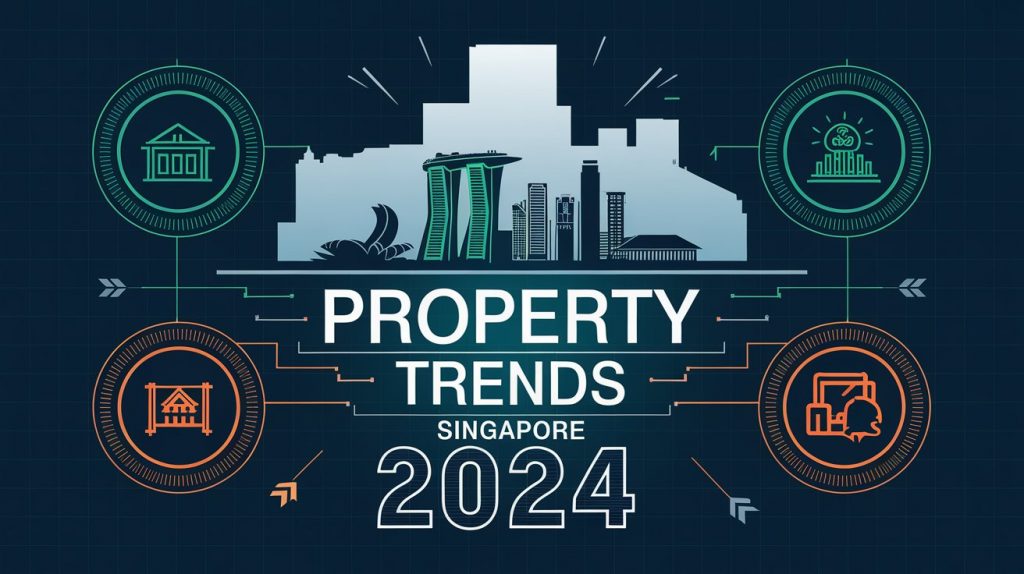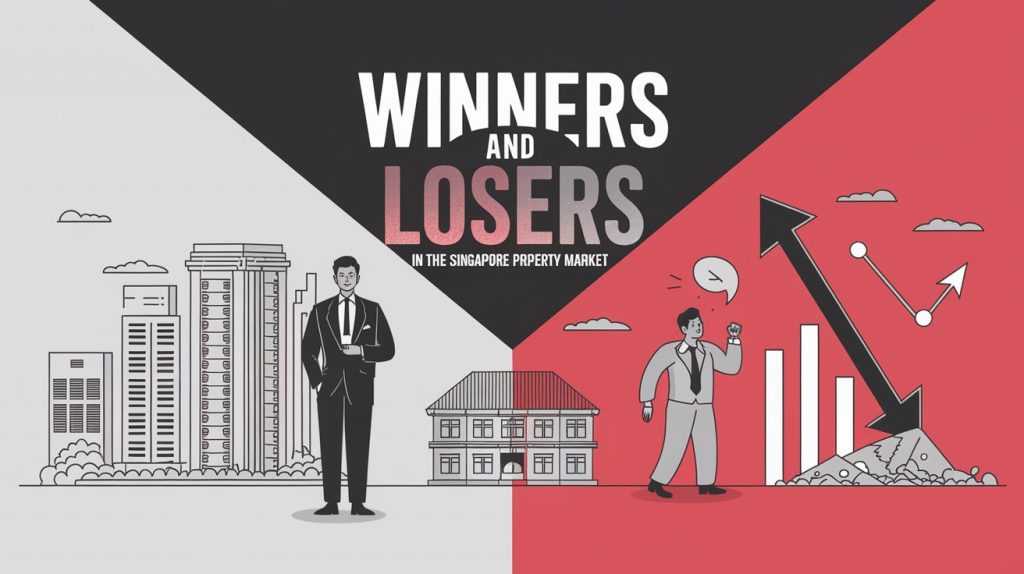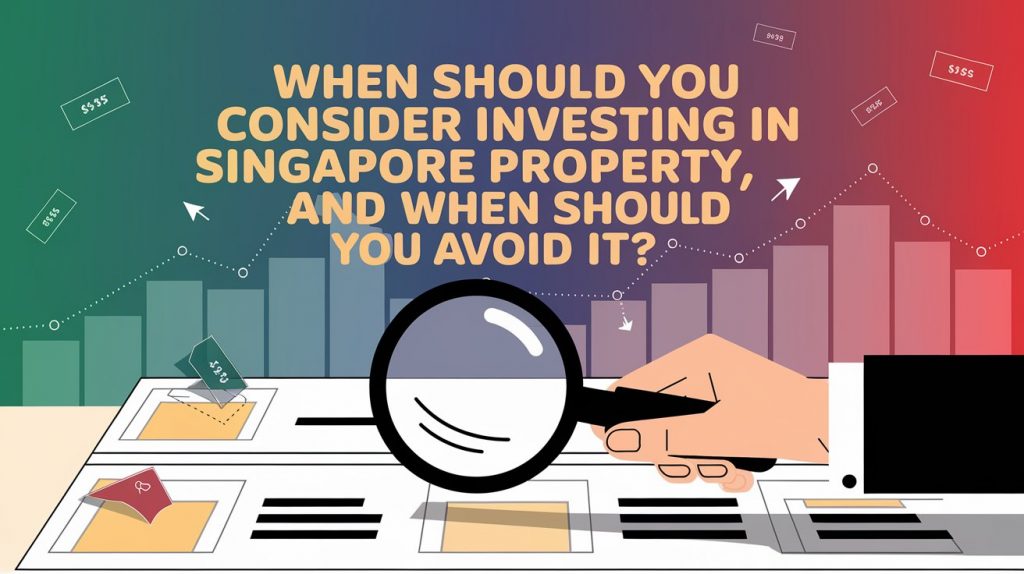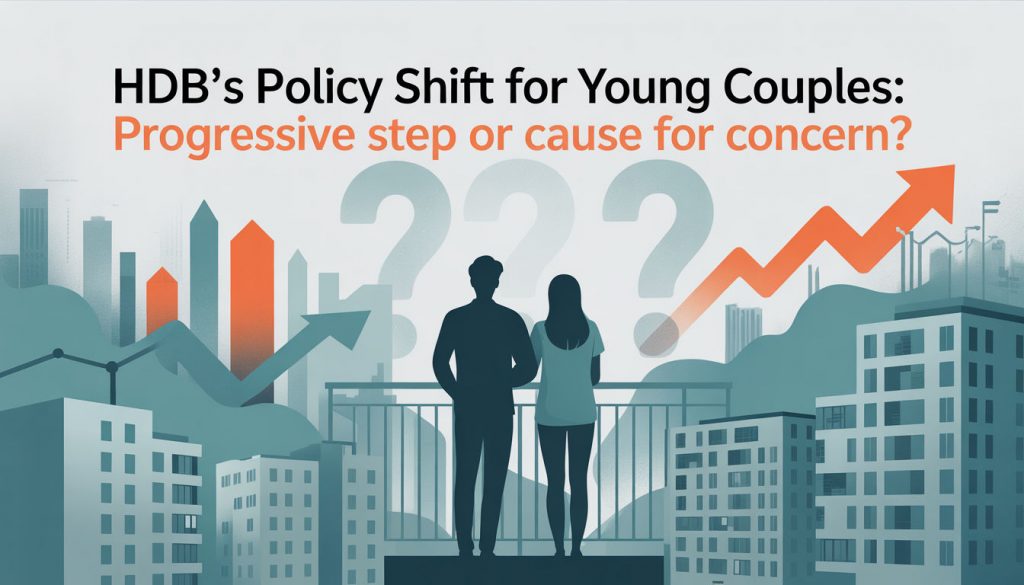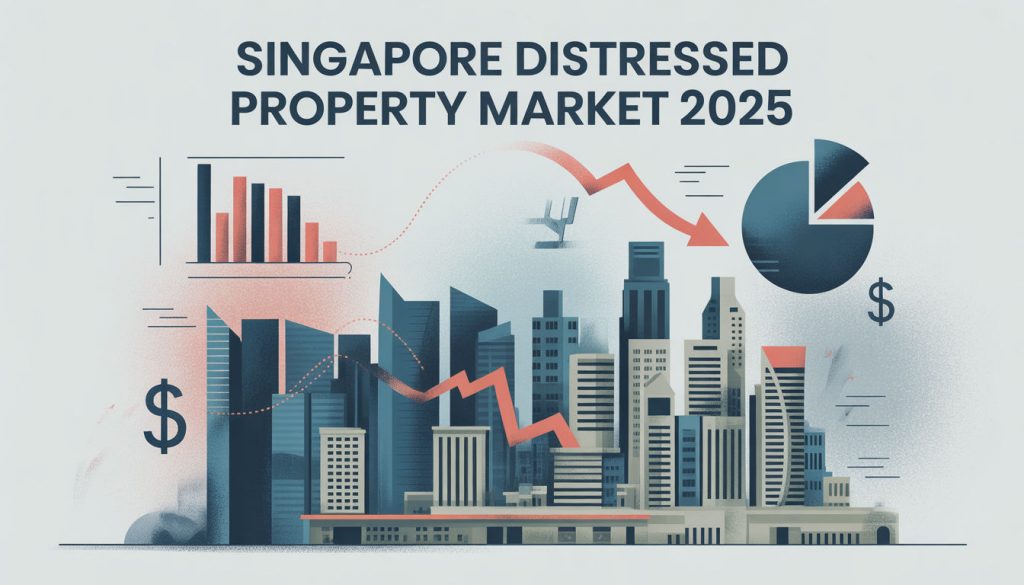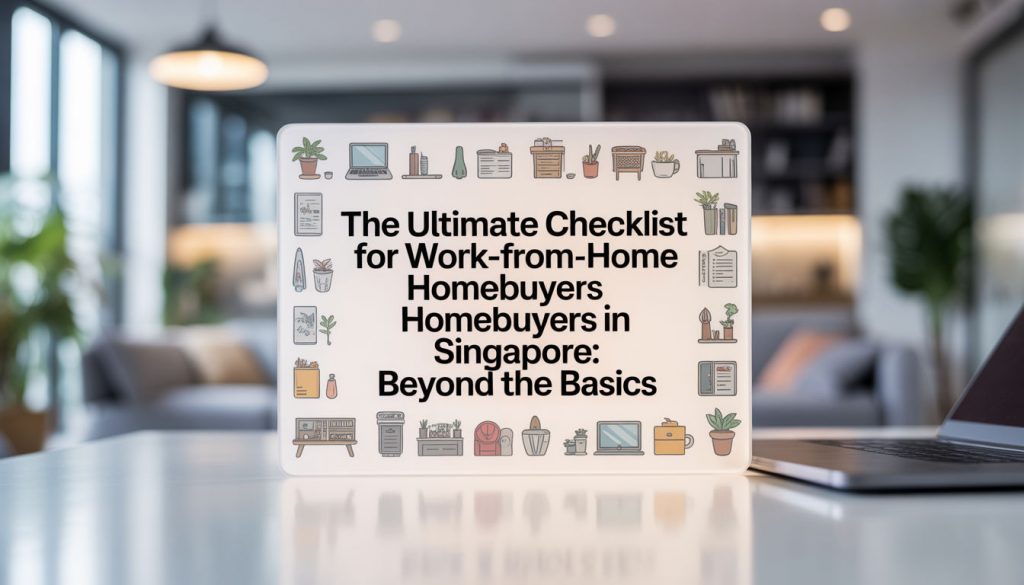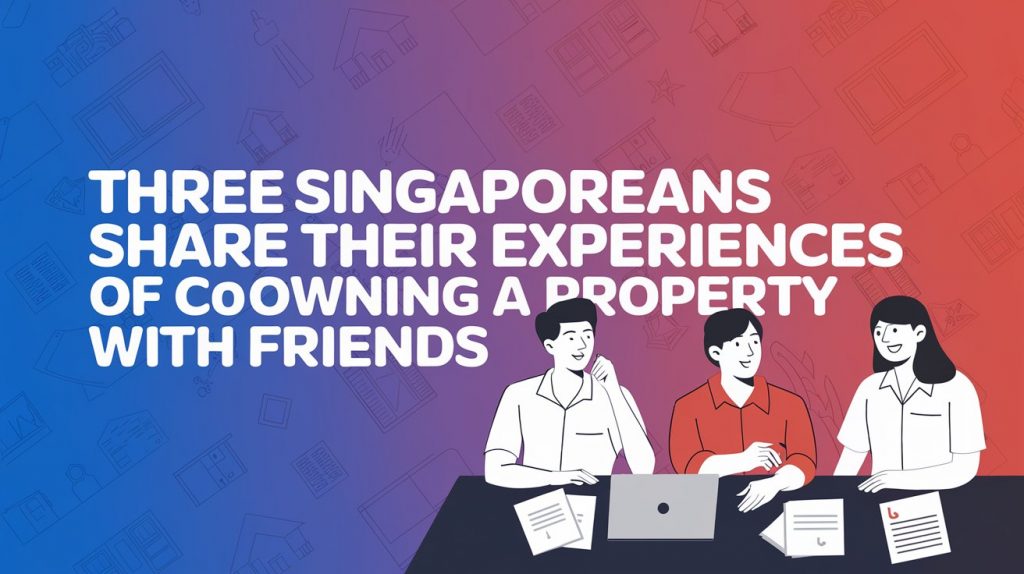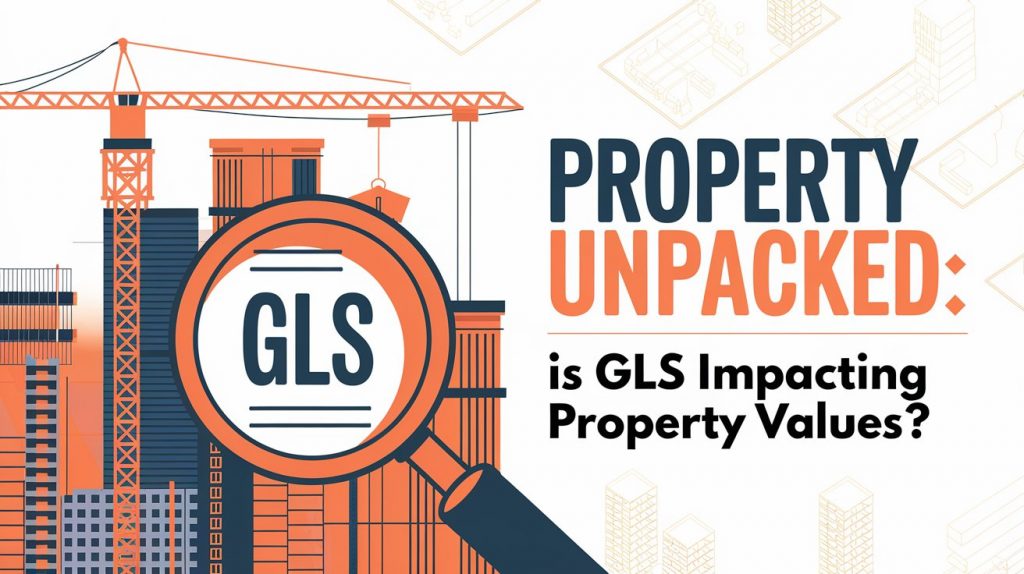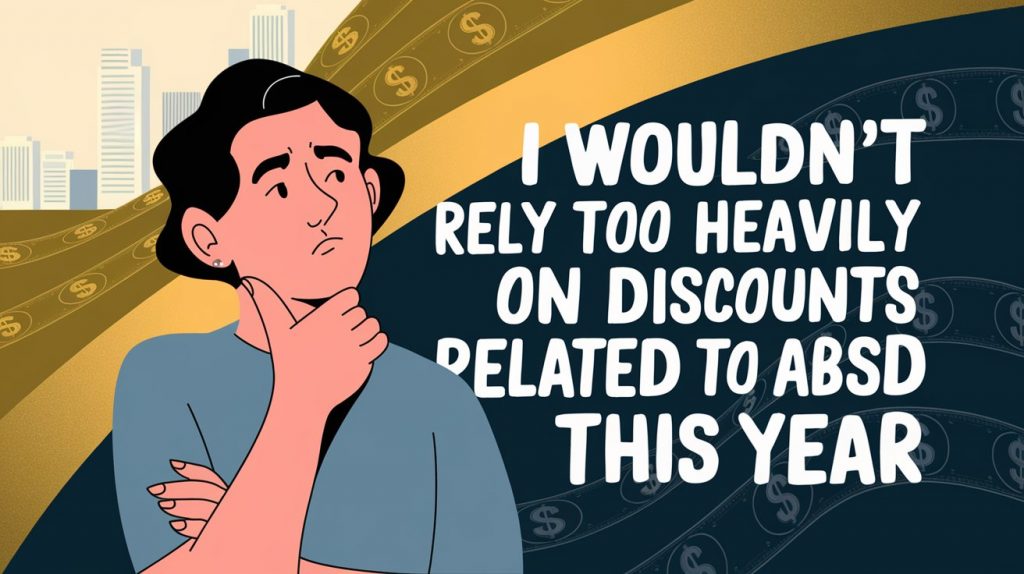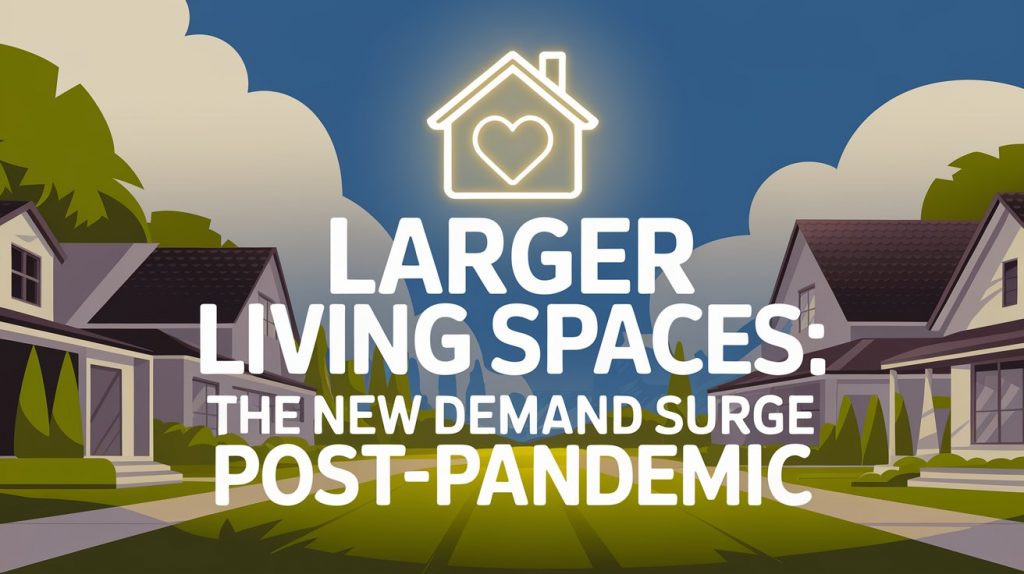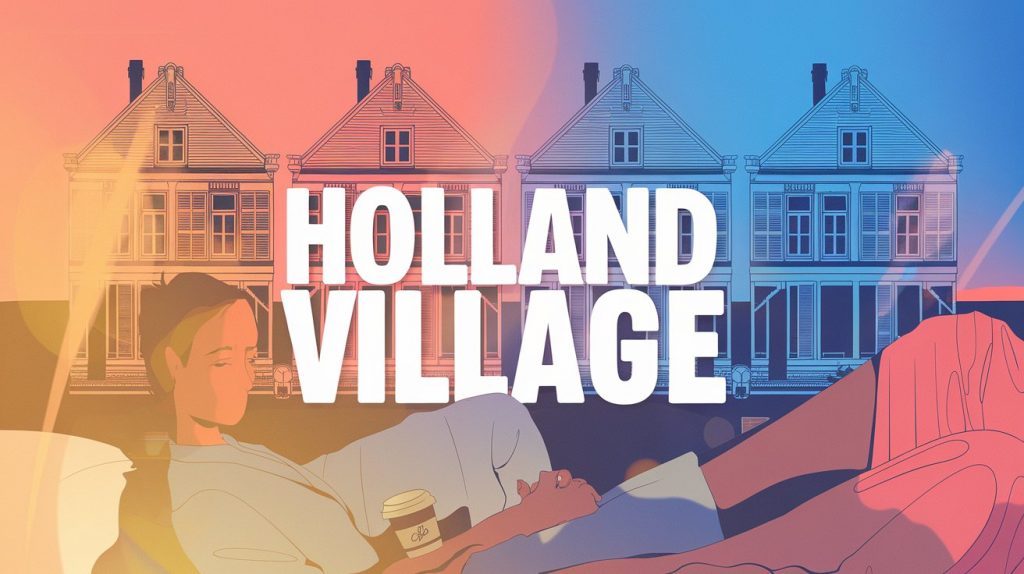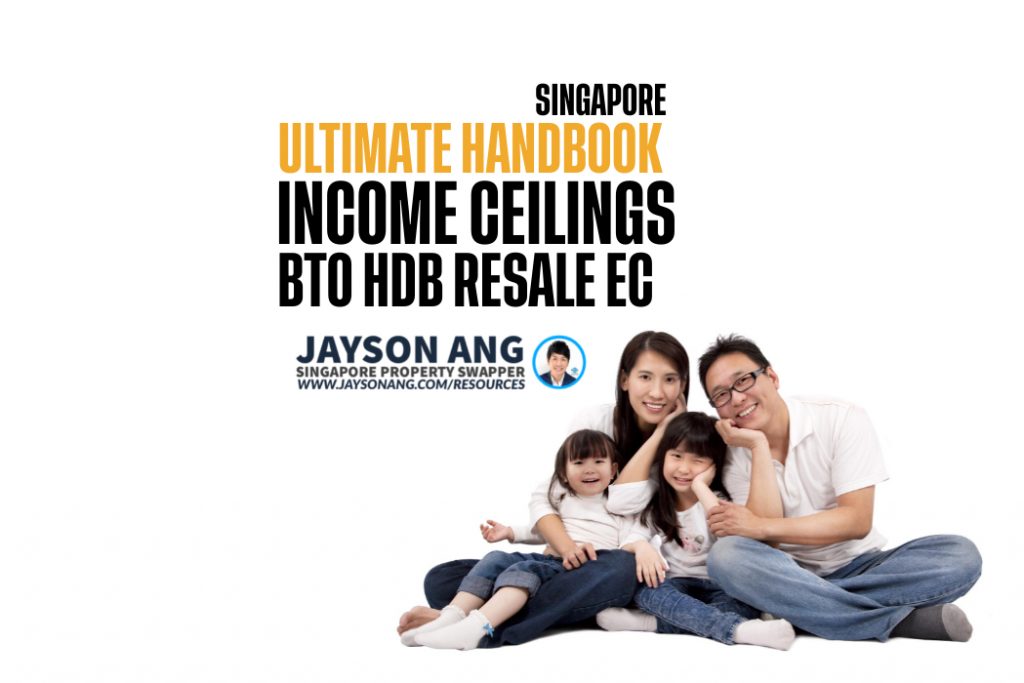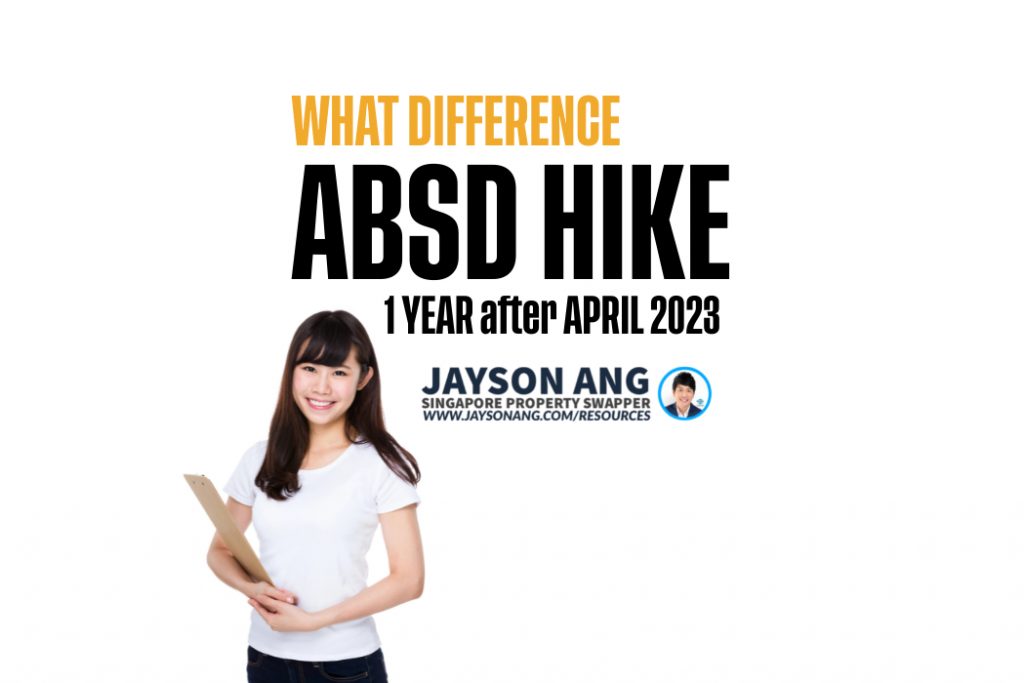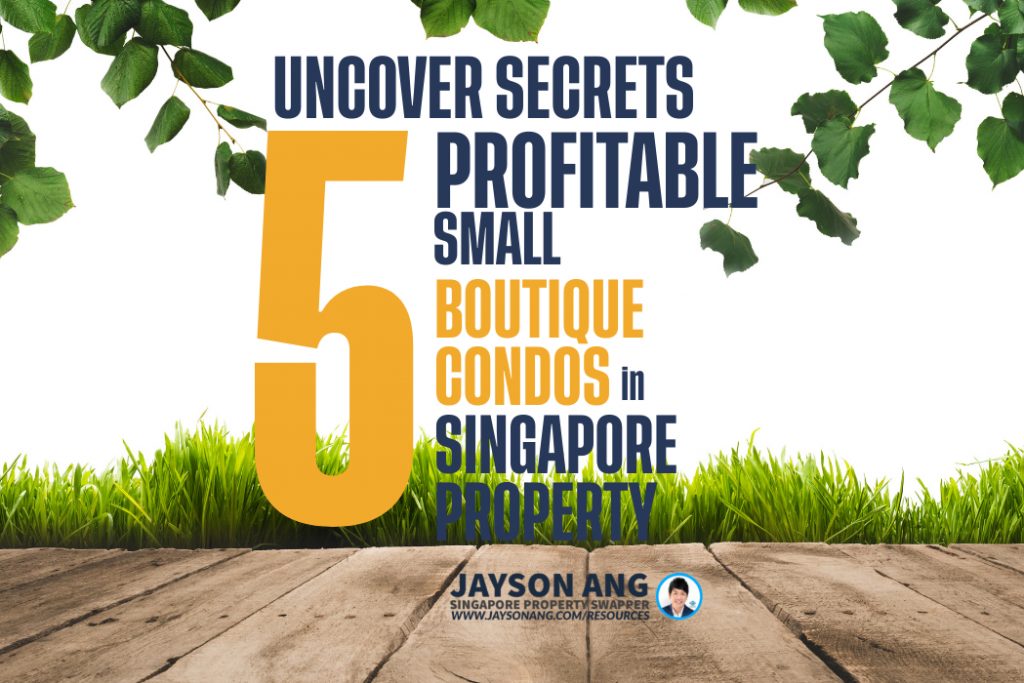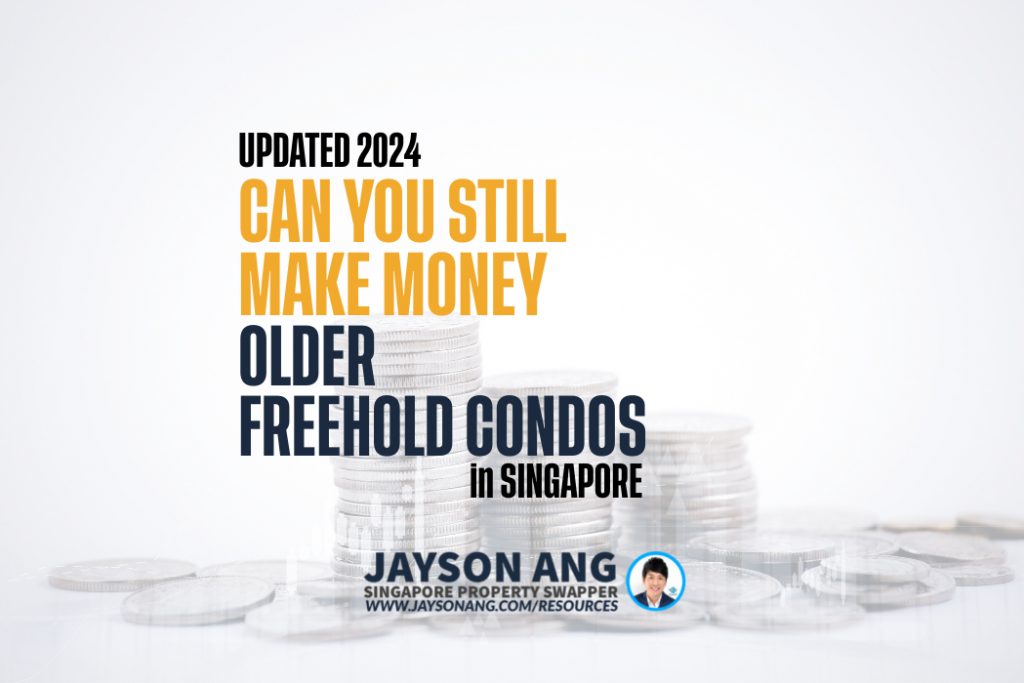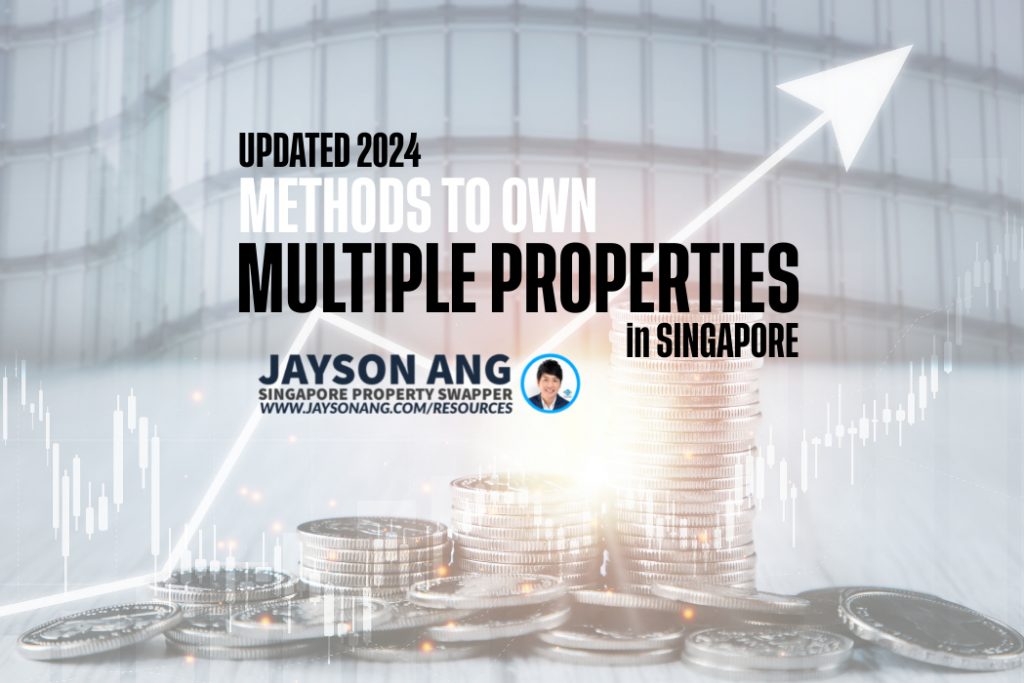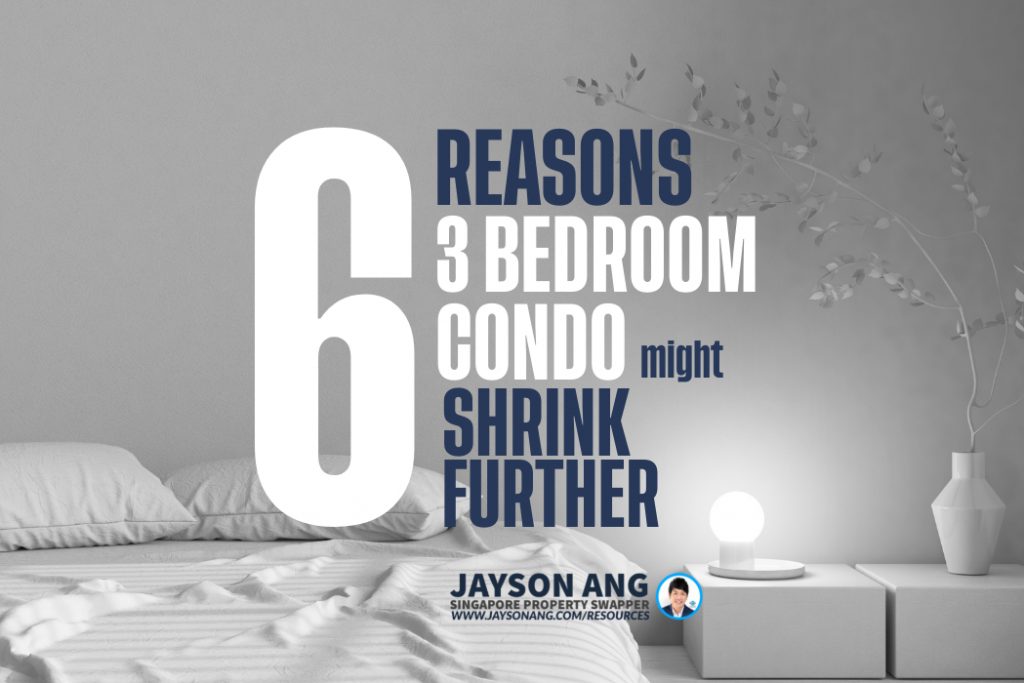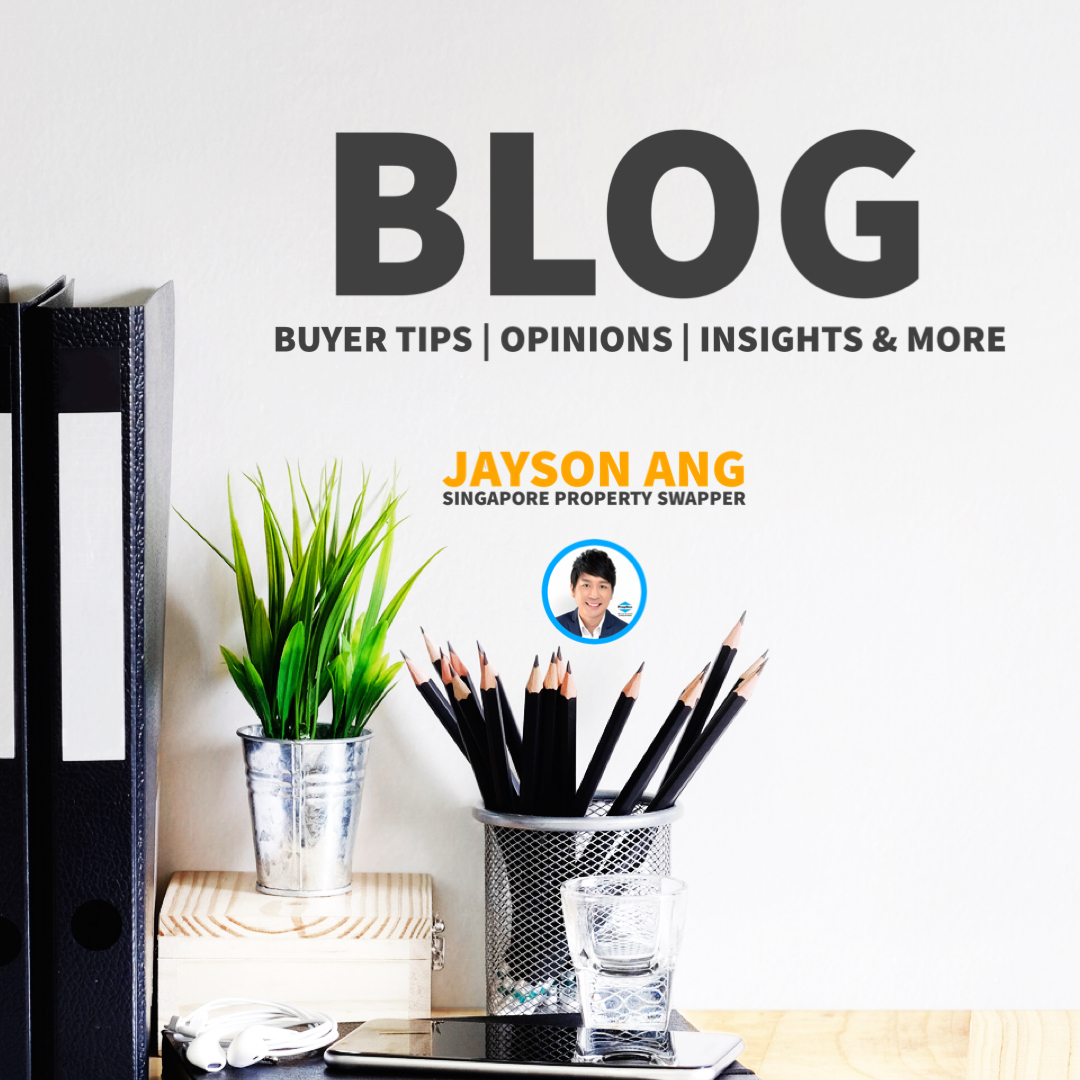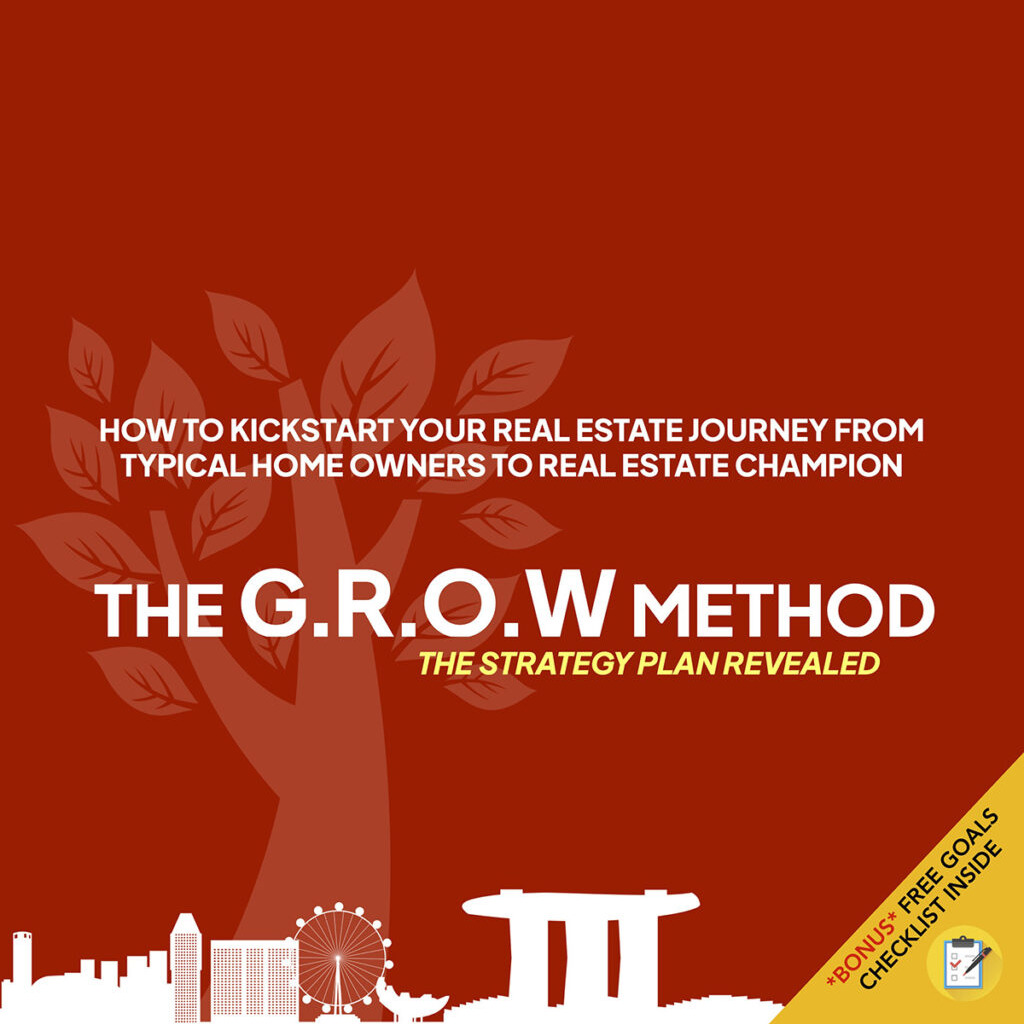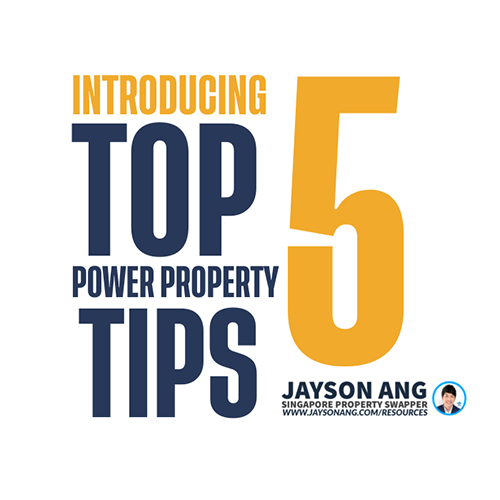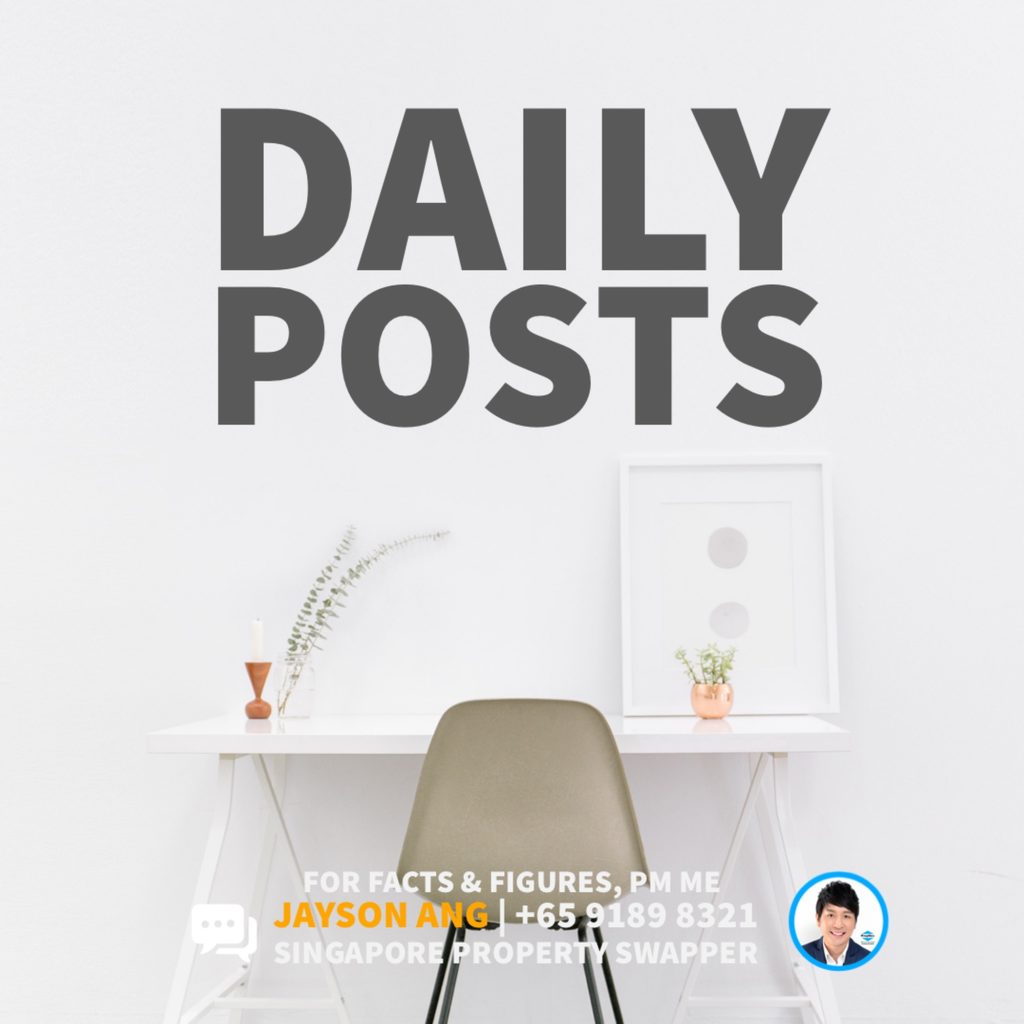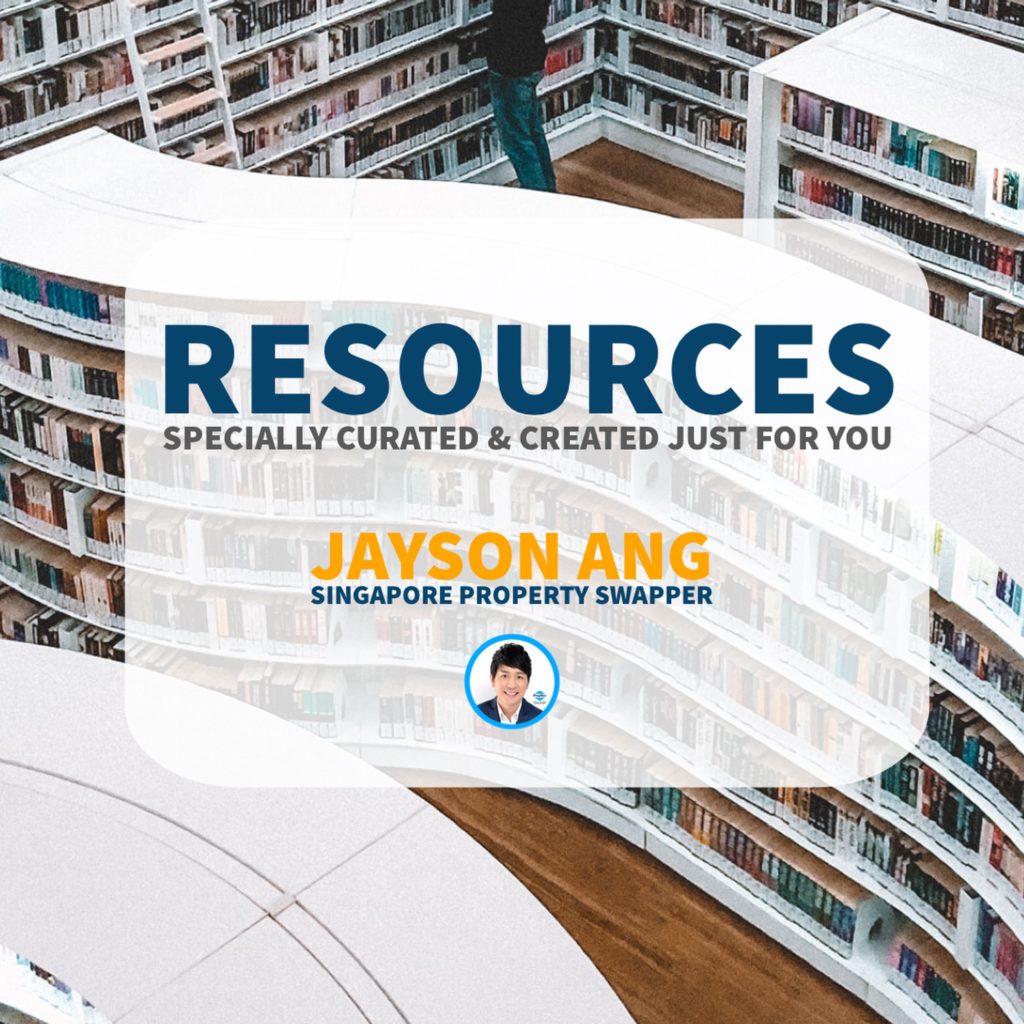As the Chinese New Year festivities wind down, folks are once again on the prowl for new homes, and understandably, some are finding the current market a bit mind-boggling. If it’s been a while since you last dipped your toes in the property waters, today’s prices could leave you gobsmacked – with outlying condos clocking in at over $2 million and even traditionally “safe” prime areas raising eyebrows. Here’s a handful of pointers to keep in mind:
Discover Today’s Trendy Condo Price Updates!
Kick-starting 2024, the price tag for new property launches across the island dipped to $1,918 psf, a tumble from the previous year’s $2,185 psf. But bear in mind, we’re only in the initial phase of the year, and with over 40 launches on the horizon, these figures are likely to bounce back as the months roll on. Although this snapshot gives you a bird’s eye view of how new condo prices have evolved since January 2023, it’s not ideal to get hung up on monthly changes due to the unpredictable nature of the market.
Shifting our gaze to resale condos, there’s been an upward trend in prices. As potential buyers find themselves priced out of the new launch market, they’ve started exploring these alternatives. As of January this year, you’ll find that the average cost per square foot for a resale condo is $1,588, which has seen a gradual rise from last year’s $1,508 psf.
Crunching these numbers, we can rough out an estimate of about $1.91 million for a brand new 1,000 sq. ft. three-bedroom condo, and around $1.588 million for a resale unit of the same size.
Discover the Rollercoaster Ride of HDB Resale Prices!
As we kicked off this year, the resale prices of HDB flats were hovering around $579 per square foot. This shows a bit of a climb compared to last year’s figures which stood at $553 psf. But don’t get too comfy with these numbers as they’re likely to stabilize as the year progresses. Why, you ask? Well, the surge in the number of newly completed flats and the rolling out of Prime and Plus model housing are key factors. These new options may draw potential buyers away from the resale market, especially those who aren’t looking to upgrade.
Now, let’s zoom in on the 4-room flat, a common choice for public housing. As of January 2024, the average price stands at $588 psf. Given that the average size of these flats is about 960 sq. ft. (give or take a few feet), this puts the typical resale price tag at a hefty $564,480.
So, if you’re thinking about upgrading, here’s what you might be looking at in terms of price gaps:
– You could be staring down a chasm of roughly $1.345 million between a resale 4-room flat and a brand new three-bedroom condo. – Alternatively, the gap might shrink to $1.024 million if you’re comparing a resale 4-room flat to a resale three-bedroom condo.
Unveiling the Impact on Your Home Loan!
Let’s picture this scenario: an upgrader manages to snag a hefty 75% Loan To Value (LTV) ratio, with a loan stretch of a quarter century. Now, according to the Total Debt Servicing Ratio (TDSR), their monthly repayments can’t be more than half their paycheck plus a little.
Here’s another thing to remember: the lowest interest rate for TDSR calculations stands at four percent per year. But don’t get too comfortable, it might climb if real interest rates continue their upward trend over the next months.
Now, let’s not forget our smart upgraders who choose to sell their apartment before diving into condo ownership. By doing so, they cleverly dodge the Additional Buyers Stamp Duty (ABSD). Sounds like a pretty savvy move, right?
In the context of a new launch three-bedroom property listed at $1.91 million, let’s consider the financial requirements for someone looking to upscale:
The initial requirement is a cash deposit of $95,500, which covers the first 5% of the down payment. Subsequently, an amount of $382,000 is needed. This can be a mix of cash or CPF funds and represents the following 20% of the down payment. Also, the buyer is obligated to pay a Stamp Duty of $65,100.
Once these payments are fulfilled, the remaining loan balance – about 75% of the property price – comes to a substantial $1,432,500.
But let’s pause and ask: Is this a feasible undertaking for an HDB upgrader? To illustrate, imagine a couple who bought their BTO for $500,000 and after enjoying five years of residence, decide to put it on the market. Here’s a projection of the sales proceeds:
| Item | Amount |
| BTO Purchase Price | $500,000 |
| 10% Downpayment (Using CPF) | $50,000 |
| Loan Amount | $450,000 |
| Monthly Payments | $2,042 |
| CPF OA + Accrued Interest | $185,877 |
| Loan remaining after 5 years | $381,743 |
| Selling Price | $800,000 |
| After agent fees | $783,280 |
| Less loan remaining | $401,537 |
| Sales Proceeds after return of monies to CPF | $215,660 |
With a sales windfall of $215,660, our pair of go-getters have just about enough moolah to cover the $95,500 down payment. Add in their CPF stash and they’re looking at a total of $401,537. However, they’re still coming up short by approximately $76,000. And that’s not even considering the extra hit from the Buyer’s Stamp Duty, which is another cool $65,100.
Now, let’s say they’ve been pretty good with their pennies over the years and can foot the bill for the BSD. In that case, the monthly repayment for a $1,432,500 loan would be a hefty $6,837. To keep this under control within the TDSR framework, our ambitious duo would need to bring home around $12,431 every month.
Just a little heads-up here, this amount is significantly more than what the average pair earns (currently, the median income per person is reported to be $5,197).
Hey, don’t sweat it if you’re eyeing a brand-new launch. You won’t be shelling out the full amount right off the bat, thanks to something called a Progressive Payment Scheme. It’s pretty cool – your monthly loan payments gradually grow as the construction work progresses. By the time the project hits TOP, you’ll have covered the full amount. No biggie!
Let’s talk about a three-bedroom home on the resale market, listed at $1.588 million. The financial breakdown for this kind of investment appears quite sensible. Here’s what our potential buyer needs to consider:
We kick off with $79,400 cash upfront – that’s a mere five per cent of the initial down payment. Up next, we have $317,600, which can be in any mix of cash or CPF – making up the subsequent 20 per cent of the down payment.
Don’t forget the Buyer’s Stamp Duty though; that’s going to set you back by another $49,000.
Once the initial payments are settled, our prospective purchaser is left with a loan equivalent to 75% of the property’s price, totaling an impressive $1,191,000. Not bad at all, wouldn’t you agree?
Let’s think for a moment that they secure a sale profit of $215,660 from their existing flat. This sum conveniently covers the 5% cash down payment. The next 20% is where the prospect of buying a previously owned property seems more practical compared to a new development. To cover this, they’d need $397,000 – an amount that they have on hand. What’s missing, though, is the Buyer’s Stamp Duty. For argument’s sake, let’s imagine that over a five-year period, our couple has saved enough to cover this cost too.
Moving forward, let’s speculate that the couple utilizes their entire sales earnings of $401,537 to reduce the loan to $1,186,463.
The subsequent monthly loan repayment would be around $5,664. To manage this, our upgrading couple would need a combined income of roughly $10,300 per month. This could be considered attainable for two earners with average incomes.
In broad terms, these numbers suggest that a significant proportion of upgraders might find the new build market beyond their reach, even in less premier locations. Nevertheless, the resale market and any forthcoming Executive Condominium launches remain feasible options. This is assuming the BTO profit is substantial or the couple manages to save sufficiently for the associated fees like conveyancing fees and Buyer’s Stamp Duty among others.
Here’s a summary of the numbers:
- For the new launch three-bedder at $1.91 million:
- Down payment: $95,500 cash + $382,000 (20% of down payment) = $477,500
- Buyer’s Stamp Duty: $65,100
- Loan quantum: $1,432,500
- Assuming sale proceeds from resale flat: $215,660
- Assuming the couple is able to top up the BSD
- Loan amount after sale proceeds: $1,432,500
- Monthly repayment: $6,837
- Required combined income: $12,431
- For the resale three-bedder at $1.588 million:
- Down payment: $79,400 cash + $317,600 (20% of down payment) = $397,000
- Buyer’s Stamp Duty: $49,000
- Loan quantum: $1,191,000
- Assuming sale proceeds from resale flat: $215,660
- Assuming the couple is able to top up the BSD
- Loan amount after sale proceeds: $1,186,463
- Monthly repayment: $5,686
- Required combined income: $10,338
Keep in mind, these samples are pretty broad strokes – every project has its own quirks and nuances, so don’t be shy to holler for a hand if your situation’s a bit unique.
Discover the Contrasts Between 2024 and Previous Years!
One of the most pronounced contrasts is likely to be the sums involved, with 2024 standing at the peak of price hikes seen in 2022 and 2023. But aside from that, there are several aspects that go beyond just the digits:
To start, the interest rate has significantly increased compared to past years. Let’s say you purchased your last home a decade ago, you might’ve been accustomed to an interest rate of perhaps two per cent or less. The key point to note here is that your housing loan interest rate doesn’t lag behind your CPF interest rate (2.5 per cent) anymore.
The next distinction is only pertinent to upgraders with larger budgets, who have the option to consider the Core Central Region (CCR), or other prime localities. The recent cooling measures have hit the CCR harder than most areas. Foreign buyers face a hefty 60 per cent ABSD, and they generally favor prime areas – this implies that locals eyeing these regions could potentially face less competition.
All these changes are taking place against a backdrop of escalating geopolitical situations, ranging from the conflict in Europe to the forthcoming US elections, suggesting that 2024 might be a year to adopt a cautious approach. Given these circumstances, we believe it would be wise for the typical Singaporean upgrader to keep their upgrading ambitions realistic: Consider upgrading to an EC or resale condo, or perhaps even just to a larger flat, particularly if you don’t belong to the higher income groups.
Generally speaking, it’s usually less troublesome to bide your time and upgrade later than to rush into a decision and have to revert back to a smaller flat (especially considering that, if you’ve recently sold a private property, you might need to wait 15 months to purchase a resale flat).
Should You Buy, Sell or Wait?
If you’re reading this, you must be trying to figure out the best course of action right now: is it the right time to buy or sell?
It’s difficult to give an exact answer since everyone’s situation is unique and what works for one person may not necessarily work for you.
I can bring you a wealth of on-the-ground experience and a data-driven approach to provide clarity and direction. From beginners to experienced investors, our top-down, objective approach will help you on your real estate journey.
I can help you by:
- Offering Strategic Real Estate Advice – I can help create a comprehensive plan to guide you through your property journey.
- Connecting Your Home with the Perfect Buyers – Through stunning visuals, an effective communication strategy, and an in-depth knowledge of the market, we’ll ensure your home is presented in the best possible way to fulfill your goals.
You May Also Like …

